As businesses transition from traditional telephony to IP-based communication, one challenge remains constant — how to bridge the gap between legacy phone systems and modern VoIP platforms. This is where FXO and FXS gateways come in. They act as essential translators, ensuring compatibility between analog lines and IP networks.
For organizations that still rely on analog PBX systems, landlines, or fax machines while adopting VoIP, understanding the difference between an FXO gateway and an FXS gateway is critical. In this guide, we’ll break down how both technologies work, their use cases, and how businesses can make informed choices when upgrading to VoIP systems.
What Is an FXO Gateway?
An FXO gateway (Foreign Exchange Office gateway) connects traditional analog telephone lines to VoIP networks. Essentially, it allows businesses to use existing PSTN (Public Switched Telephone Network) lines within an IP telephony setup.
How It Works:
- The FXO interface plugs into the PSTN line.
- On the other side, the gateway connects to your IP PBX or VoIP service.
- It converts analog signals into digital packets for VoIP communication.
This makes an FXO VoIP gateway the go-to choice for organizations that want to retain analog trunk lines while enjoying VoIP features such as call forwarding, IVR, and voicemail.
What Is an FXS Gateway?
An FXS gateway (Foreign Exchange Subscriber gateway) does the opposite. It connects analog devices like telephones, fax machines, or legacy PBXs to a VoIP system.
How It Works:
- The FXS interface delivers analog line connections to endpoints.
- The gateway converts VoIP traffic into analog signals that legacy devices can understand.
A VoIP gateway FXS is ideal for businesses that still rely on analog phones but want them integrated into an IP PBX for modern functionality.
FXO vs FXS: Key Differences
| Feature | FXO Gateway | FXS Gateway |
| Purpose | Connects PSTN lines to VoIP | Connects analog phones to VoIP |
| Typical Use | Keeps traditional landlines active in VoIP setups | Lets analog devices work with IP PBX systems |
| Example | Using PSTN lines with IP PBX | Using old desk phones with VoIP |
When combined, FXS/FXO gateways provide complete interoperability — allowing businesses to run both PSTN lines and analog endpoints alongside VoIP services.
Why Businesses Need FXO and FXS Gateways
- Smooth Transition to VoIP
Not all companies can shift to IP phones overnight. Gateways let them adopt VoIP while keeping analog systems functional. - Cost Savings
By using gateways, businesses can avoid immediate replacement of phones, fax machines, or PBX hardware. - Hybrid Flexibility
Organizations can maintain PSTN lines as backup while running a VoIP network. - Support for Legacy Devices
Fax machines, analog phones, and intercom systems can still be operational without disruption.
Practical Use Cases
- SMBs and Enterprises: Gradual migration to VoIP by keeping old desk phones active with an FXS VoIP gateway.
- Call Centers: Using FXO gateways to keep multiple PSTN lines active for redundancy.
- Hotels & Hospitality: Integrating hundreds of analog room phones via a 32-port FXS Gateway.
- Healthcare: Connecting paging systems, intercoms, and analog phones into modern IP PBX systems.
FXO vs FXS: Which Gateway Should You Choose?
Choose an FXO Gateway if:
- You have active PSTN lines that you want to keep using.
- You want to connect those lines to your VoIP PBX.
- You require call redundancy in case of internet downtime.
Choose an FXS Gateway if:
- You have analog phones that you still want to use.
- You need to connect fax machines, intercoms, or door phones to VoIP.
- You want legacy devices to work seamlessly with modern VoIP services.
When both requirements exist, businesses can deploy FXO/FXS combinations to achieve full integration.
How to Select the Right VoIP Gateway
When planning to buy FXO/FXS gateway, consider the following factors:
- Port Density: For large-scale needs, options like a 32-port FXS Gateway are available.
- Compatibility: Ensure it works with your IP PBX and VoIP provider.
- Scalability: Choose gateways that support growth without complete replacements.
- Management Features: Remote configuration, monitoring, and firmware updates simplify maintenance.
- Reliability: Carrier-grade gateways reduce downtime and ensure quality calls.
Benefits of Gateways in Smart VoIP Deployments
- Extended Device Life – Protects investment in analog systems.
- Business Continuity – PSTN redundancy ensures calls continue during internet issues.
- Unified Communications – Analog and VoIP systems work together under one IP PBX.
- Cost-Effective Scaling – Add ports as your business grows.
Example: How Dasscom Gateways Help Businesses
Dasscom’s FXO and FXS gateways are designed to meet enterprise and SMB needs alike. Whether you need a gateway VoIP FXO for connecting analog trunk lines or a VoIP gateway FXS to keep desk phones running, Dasscom offers scalable, high-quality solutions.
With flexible port options, strong SIP compatibility, and easy management tools, these gateways ensure businesses can migrate to VoIP without compromising on performance or reliability.
Conclusion
The shift to VoIP doesn’t mean abandoning your existing telephony infrastructure. With the right combination of FXO gateways and FXS gateways, businesses can create hybrid setups that maximize existing investments while adopting next-generation communication systems.
Whether you’re looking to buy FXO gateway to integrate PSTN lines, or deploy a 32-port FXS Gateway for analog extensions, these devices provide the flexibility, cost savings, and reliability that enterprises need.
By choosing the right gateway solution — whether an FXO VoIP gateway, FXS VoIP gateway, or a gateway VoIP FXO setup — businesses can confidently bridge legacy and VoIP systems while ensuring uninterrupted communication.
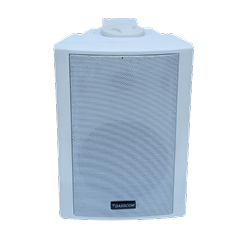 Indoor Speakers
Indoor Speakers
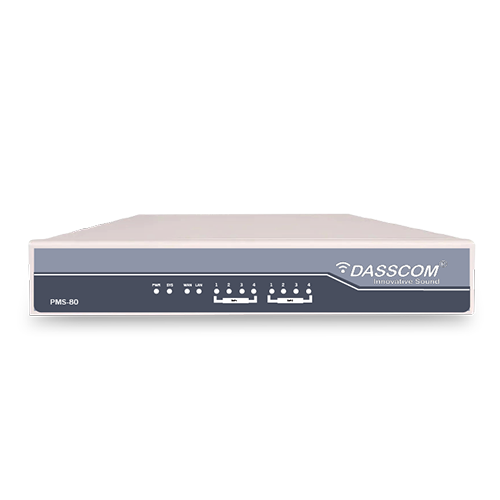 Paging Controller
Paging Controller
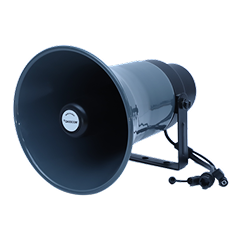 Outdoor Speakers
Outdoor Speakers
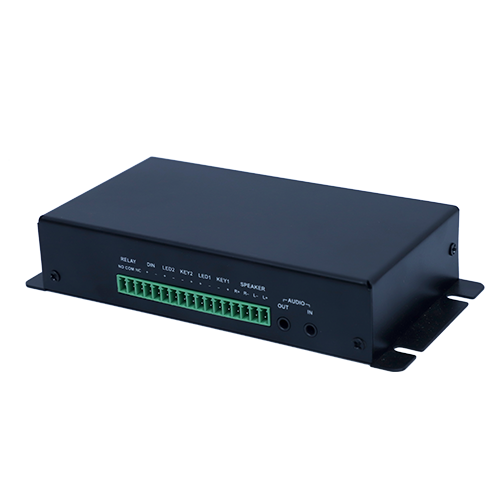 IP Amplifier & Gateway
IP Amplifier & Gateway
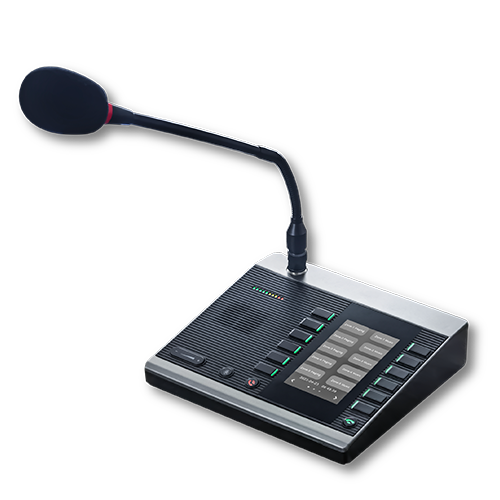 Paging Microphones
Paging Microphones
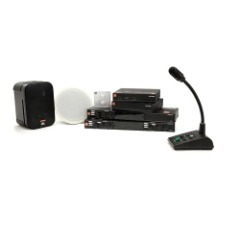
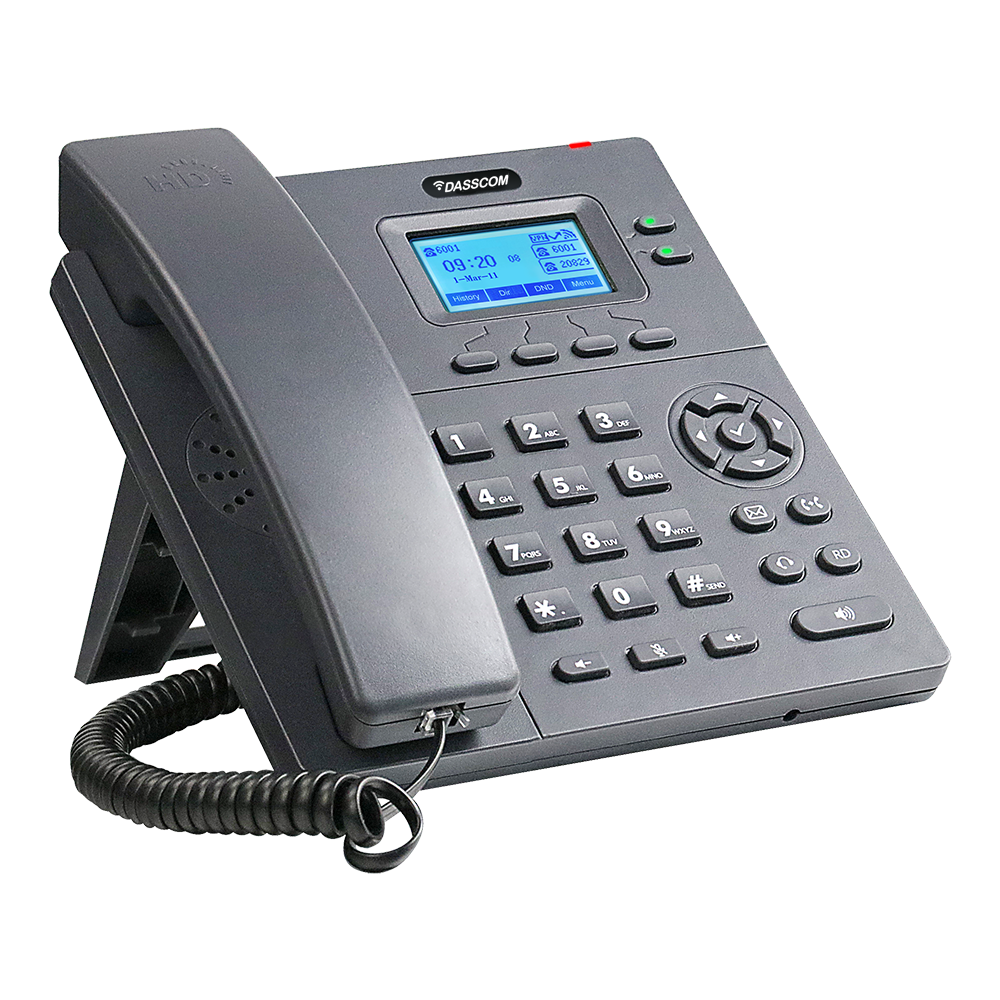 Basic IP Phones
Basic IP Phones
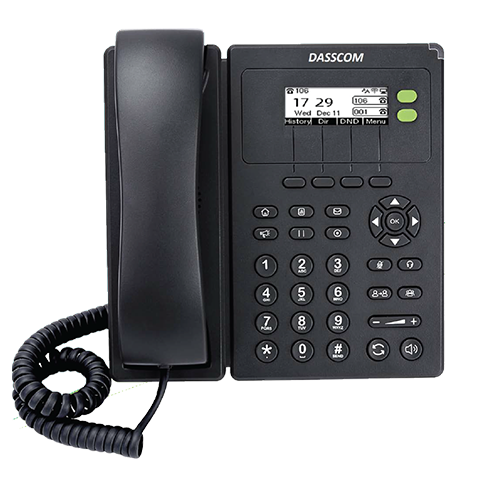 Wifi Phones
Wifi Phones
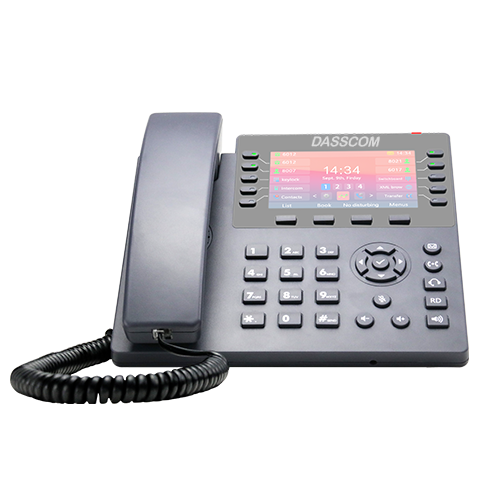 Executive IP Phones
Executive IP Phones
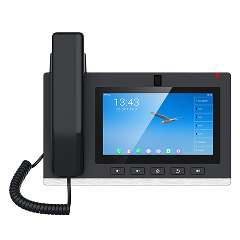 Video Phones
Video Phones
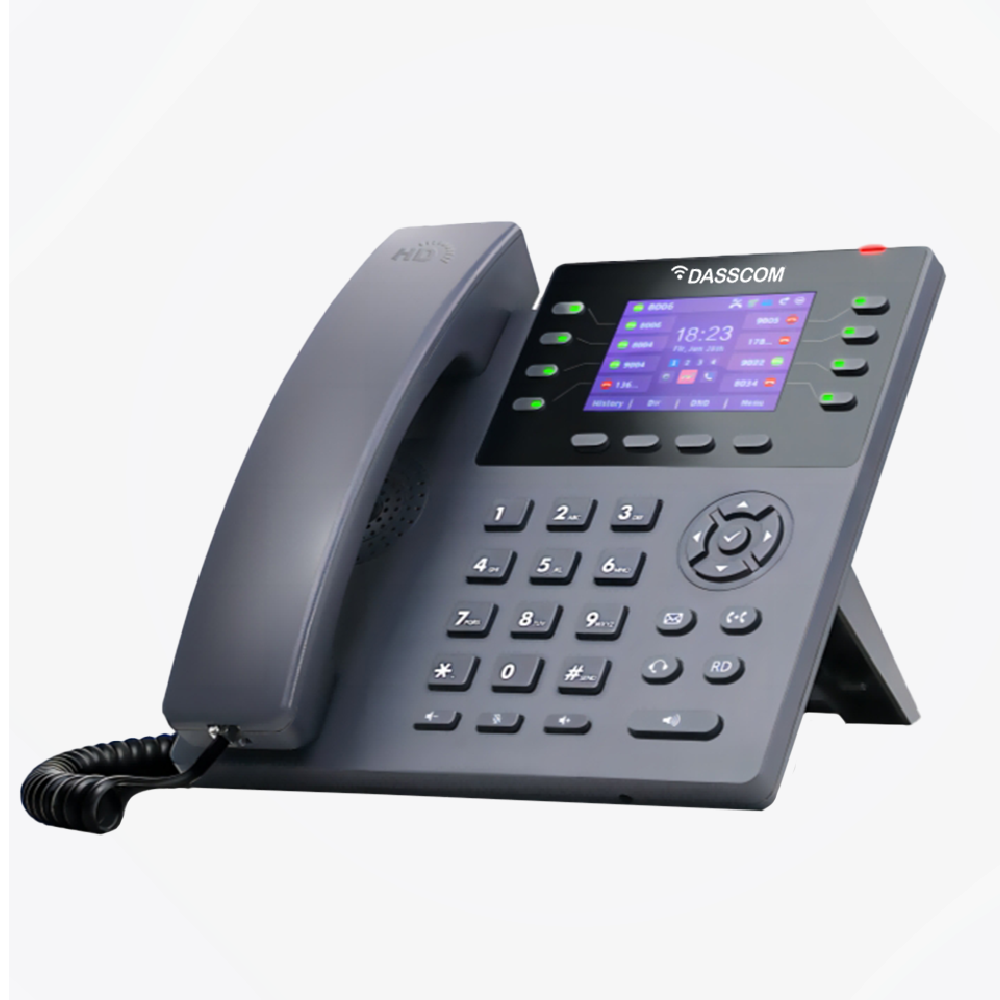
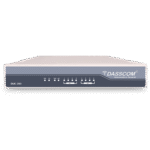 Duc-series
Duc-series
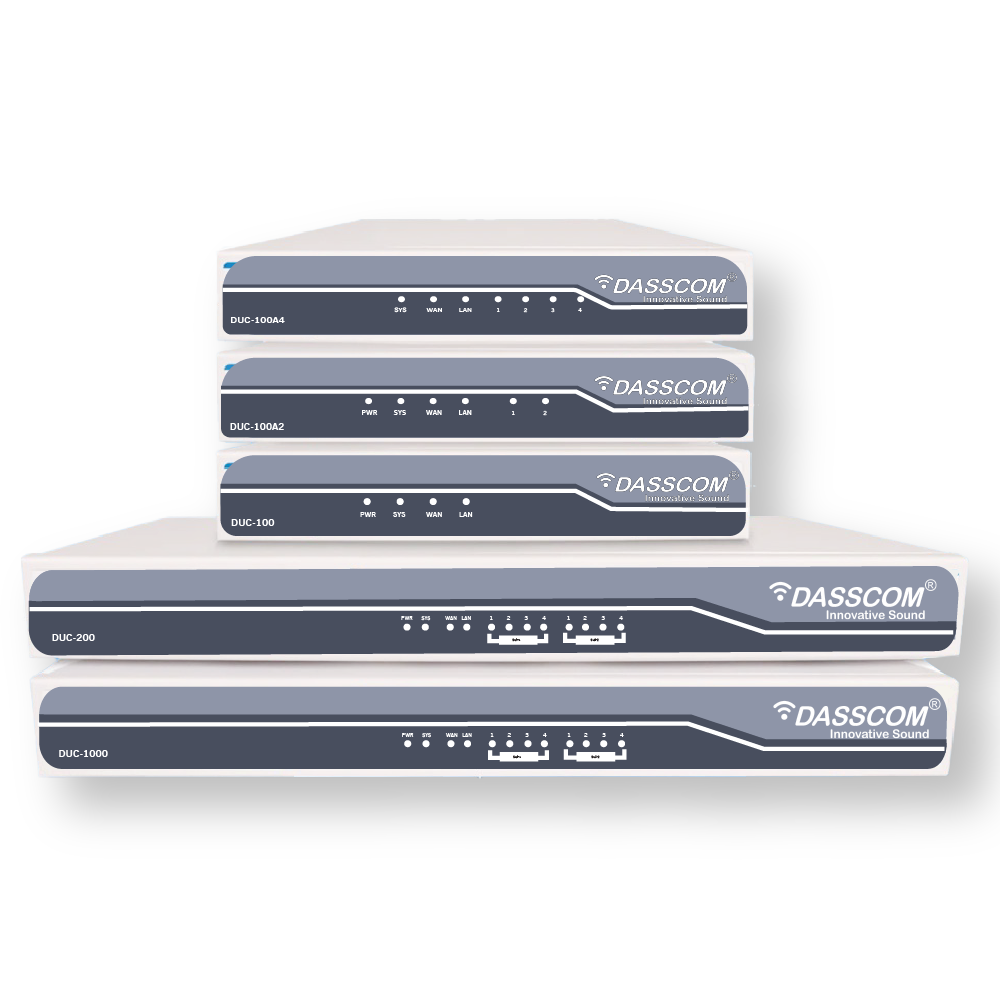
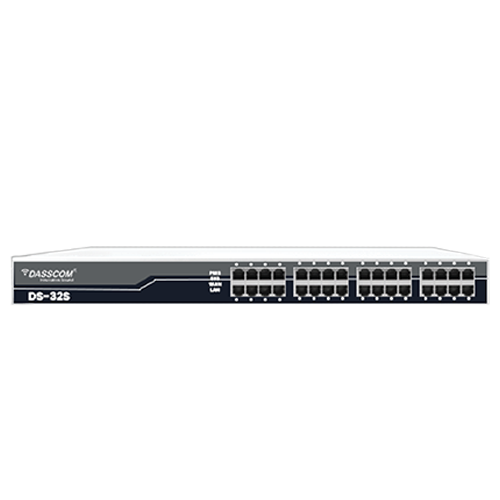 FXS/FXO Gateways
FXS/FXO Gateways
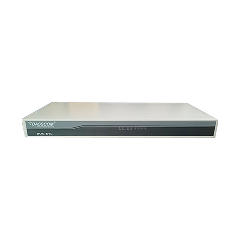 E1/T1 Gateway
E1/T1 Gateway

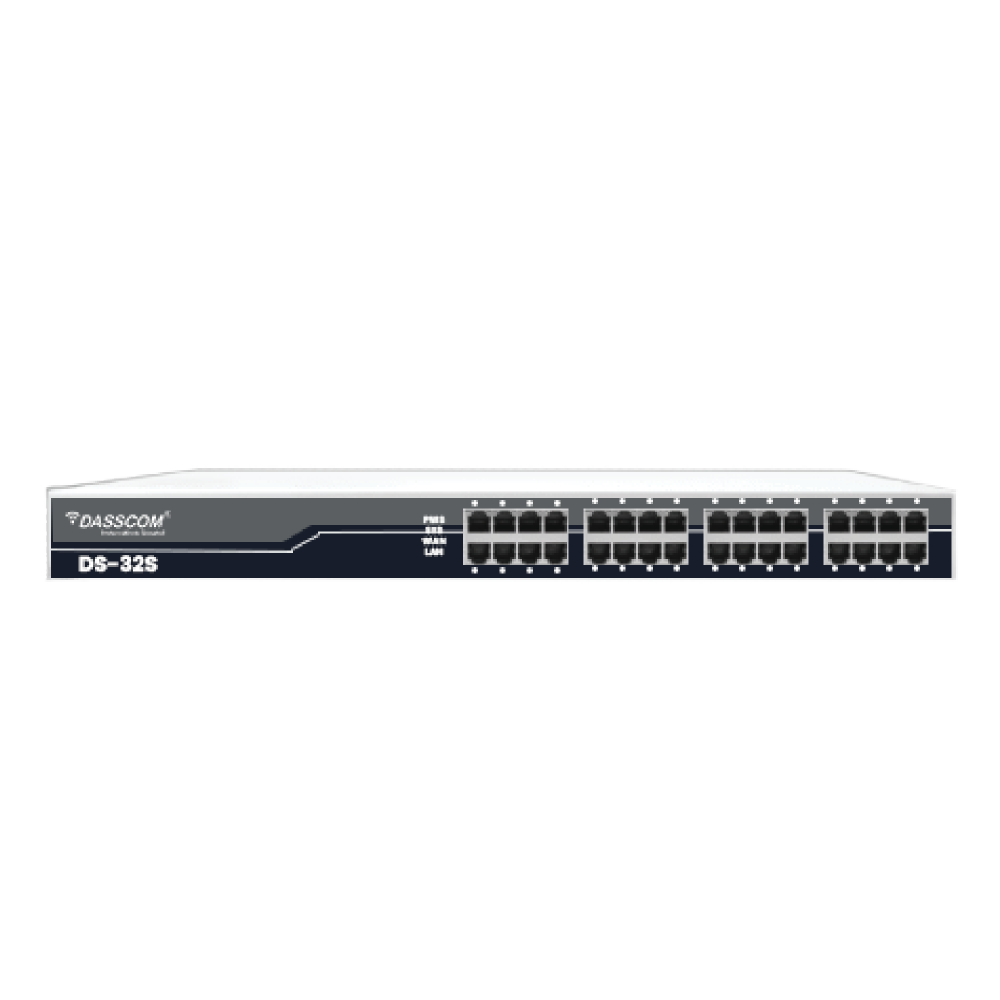
 Unmanaged Switches
Unmanaged Switches
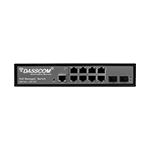 Managed Switches
Managed Switches
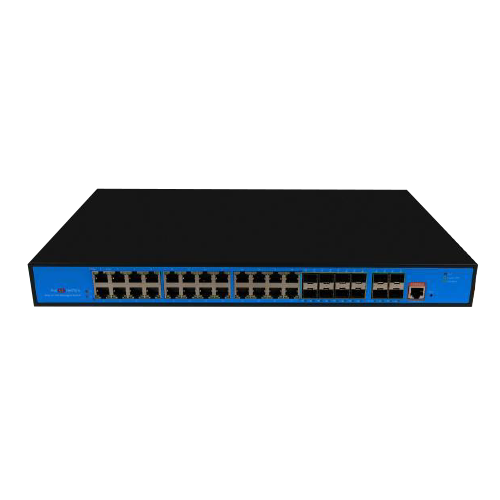 Industrial Switches
Industrial Switches
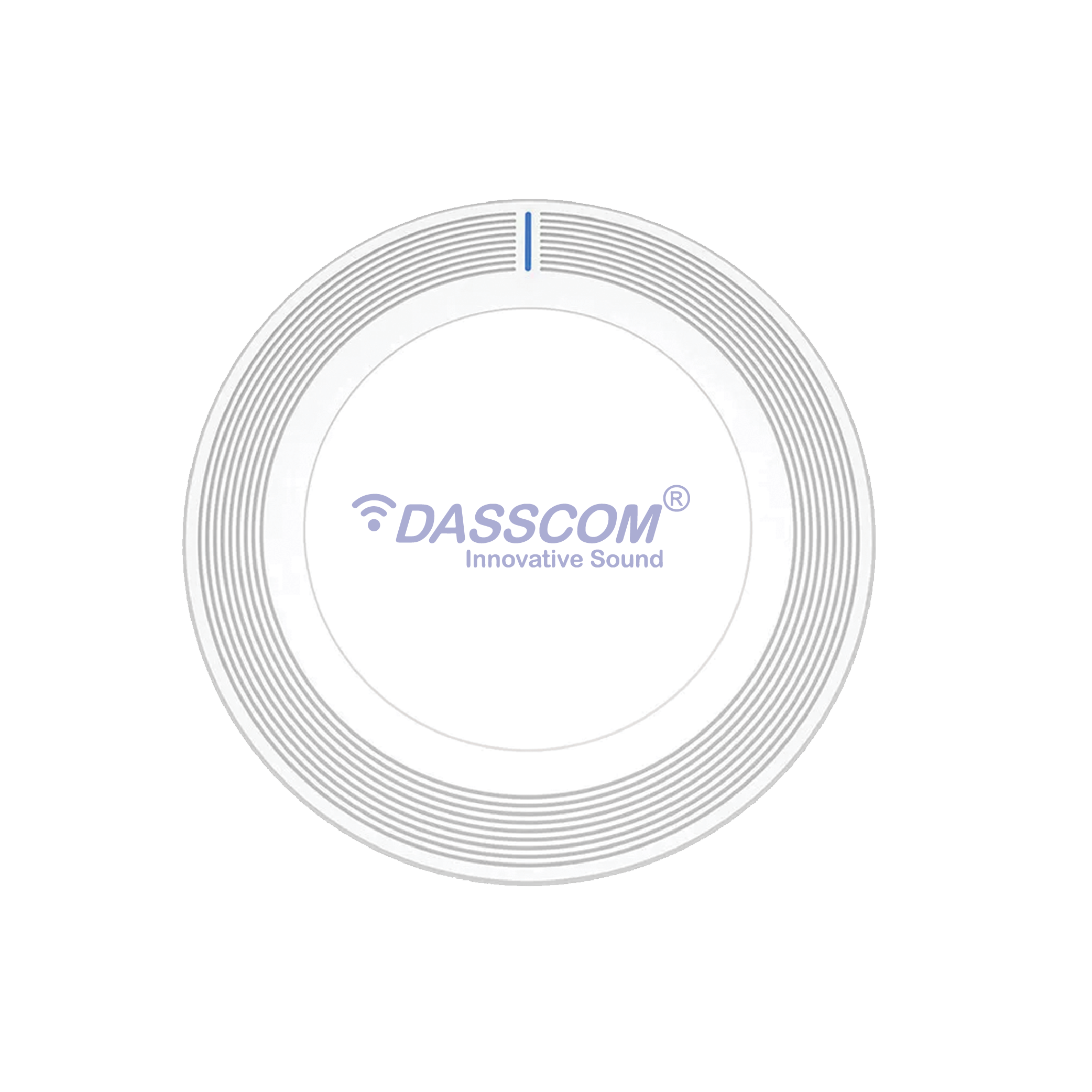 Access Points
Access Points
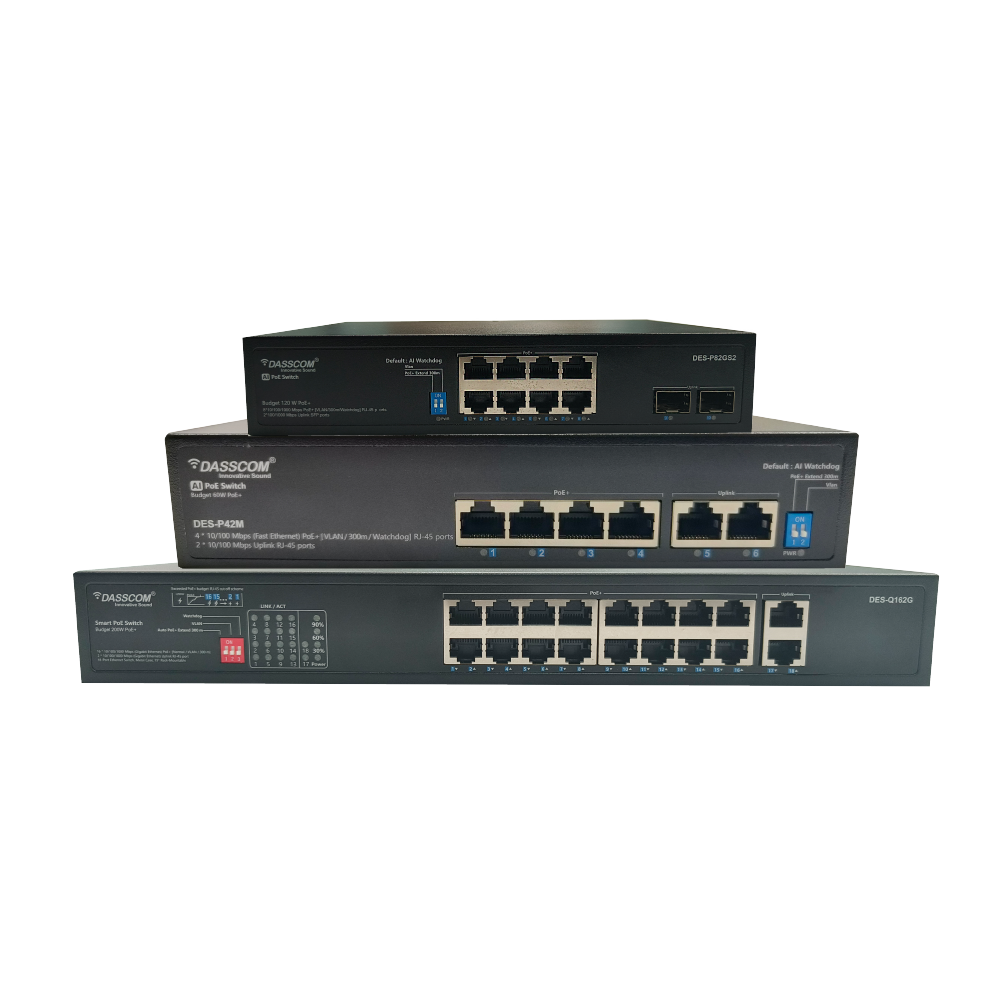
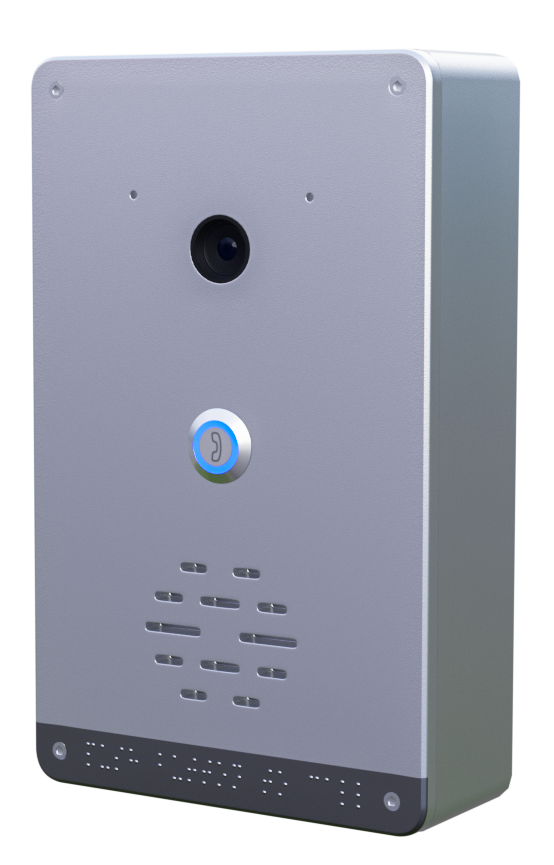 Safety Intercoms
Safety Intercoms
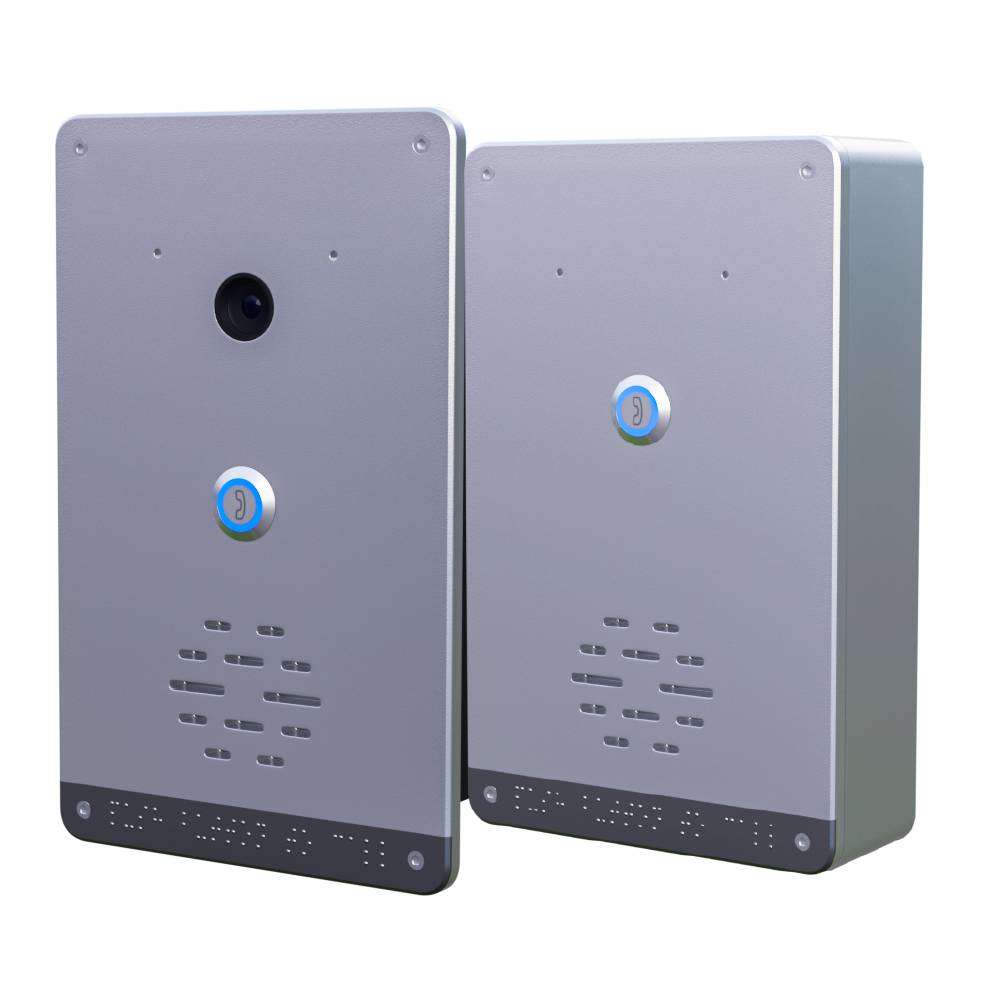
 Veda Series
Veda Series
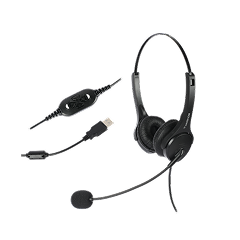 Divine Series
Divine Series
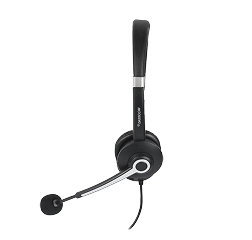 Tatva Series
Tatva Series
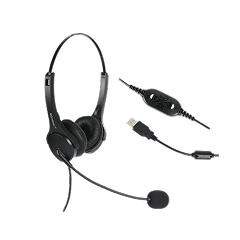
 VoIP Office
VoIP Office
 Call Center Solutions
Call Center Solutions
 Network Communications
Network Communications
 Public Safety
Public Safety
 Video & Security System
Video & Security System
 Highway Communication
Highway Communication
 Intercom System
Intercom System
 IP Paging Solutions
IP Paging Solutions

 Healthcare
Healthcare
 Hospitality
Hospitality
 School & Universities
School & Universities
 IT Office
IT Office
 SMEs and SMBs
SMEs and SMBs
 Industries
Industries


 Public Address System
Public Address System
 VOIP Phones
VOIP Phones
 VOIP PBX
VOIP PBX
 VOIP Gateways
VOIP Gateways
 Networking Solutions
Networking Solutions
 Call Center Headsets
Call Center Headsets
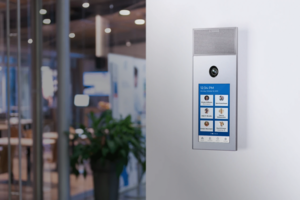 Emergency Intercom Stations
Emergency Intercom Stations

